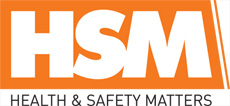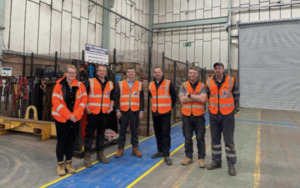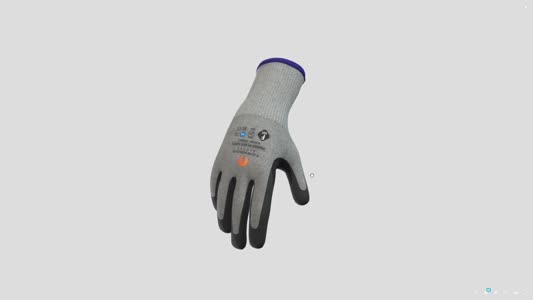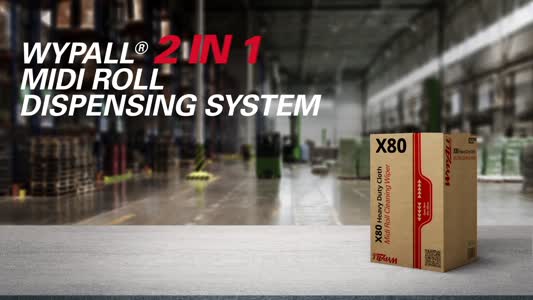
 |
Mark Sennett
Managing Editor |
 |
Kelly Rose
Editor |
| Home> | Premises | >Risk Management | >Rethinking EH&S as a strategic advantage in HVAC |
Rethinking EH&S as a strategic advantage in HVAC
30 September 2025
FOR YEARS, health and safety in the HVAC sector has often been treated as a compliance requirement – a set of boxes to tick rather than a core business priority. But that approach no longer holds up, says Paul Cosentino.

In a sector where engineers regularly work with high-risk systems, hazardous substances and time-critical environments, health and safety must evolve from a reactive function into a proactive force for performance, culture and reputation.
Today, leading organisations are rethinking their approach. This article shares how integrating Environment, Health and Safety (EH&S) principles into everyday operations can support both safety outcomes and business goals.
A deeper focus on employee’s wellbeing
The UK’s Health and Safety Executive (HSE) makes clear in its HSG65 guidance1 that effective health and safety management is not a bolt-on system. It is a reflection of how an organisation is run. The Plan-Do-Check-Act (PDCA) model recommended by HSE encourages companies to embed safety thinking into planning, risk profiling, performance management and cultural leadership.
Over the last 18 months, Carrier has built on its strong foundations by enhancing risk awareness, strengthening site-level safety practices and deepening its focus on employee wellbeing. These priorities now sit alongside cost, quality and customer satisfaction in day-to-day decision-making. Safety is recognised as fundamental to value delivery, not separate from it.
Shared responsibility and accountability
Changing mindsets starts at the top. When EH&S is part of senior-level decision-making rather than a standalone function it becomes easier to set clear expectations, share responsibility and embed accountability throughout the organisation.
One approach that has worked well at Carrier is integrating EH&S leadership into business governance, alongside finance, sales and operations. Monthly safety leadership walks, business unit EH&S forums and monthly safety focus days provide structured touchpoints between senior leaders and front-line teams; Initiatives like ’Stop Work’ authority where any employee can pause a task if they believe it is unsafe. This means employees are creating shared responsibility for safety outcomes.
Bespoke safety procedures for different project types
Real-world safety is rarely about paperwork alone. For HVAC engineers, risk varies dramatically from one job site to the next. That’s why dynamic, pre-start risk assessments that are tailored to the task and conditions are important. For high-risk environments like data centres or for emerging refrigerants such as R-290, standard procedures aren’t enough. Teams need relevant training, appropriate PPE and risk assessments that reflect the reality on site.
Carrier’s experience in these environments highlights the value of building bespoke EH&S strategies for different project types. Gaining recognition as Safe Contractor of the Month on a competitive data centre site wasn’t the result of rigid policy, but Carrier’s adaptive, hands-on risk management strategy supported by its technicians and supervisors.
Safety that evolves and adapts with the workforce
Robust EH&S systems focus on both prevention and performance. Digital tools help track inspections, self-assessments and statutory checks in real time, while transparency, feedback and continuous learning means safety remains active and evolves across the workforce.
Carrier, for example, has adopted internal ‘Safetytube’ video briefings, to demystify new procedures, highlight best practice and open up two-way communication. The key is making safety a day-to-day part of the conversation.
Investing in people to reinforce safe habits
No system works unless people believe in it. HSG65 stresses that behaviours and attitudes shape health and safety outcomes as much as formal rules and controls. A well-written policy is only effective if it’s understood, respected and acted upon by everyone, from the senior leaders to new apprentices.
Businesses that invest in leadership training, peer-to-peer inspections and ongoing dialogue are better placed to spot early warning signs. Complacency among experienced staff or inexperience among newer recruits can lead to near misses or unsafe shortcuts if not actively managed. That’s why regular touch points with employees can reinforce safe habits and keep awareness high.
When safety becomes personal and participatory, standards are strengthened through shared understanding and collective ownership.
Carrier’s Academy in Bracknell supports this approach by preparing technicians for safe, confident fieldwork. Training focuses not only on technical competence but also on building awareness, sound judgement and a strong sense of responsibility at every level of experience.
Strengthen morale and build reputations
Expectations around EH&S are rising, and not just from regulators. Clients, employees and the public are more aware of safety and expect organisations to demonstrate clear commitment, transparency and accountability in how they manage risk.
Strong safety credentials can be a differentiator in tender processes and a factor in building long-term customer trust. But the benefits go deeper. Businesses that put safety at the centre of operations reduce downtime, strengthen team morale and build reputations they can stand behind.
As HVAC systems evolve and risks change, the challenge is not just to keep up, but to lead. Making EH&S a central, integrated part of your strategy isn’t just safer. It’s smarter.
Paul Cosentino is European EH&S service Director at Carrier. For more information, visit www.carrier.com/commercial/en/uk/.
Reference
1 www.hse.gov.uk/pubns/books/hsg65.htm
- Important safety tips in industrial workplace
- Get behind No Falls Week
- Don’t turn a blind eye to safety
- Eye wear – the importance of aesthetics
- Sound advice
- Fall protection cost-cutting: a step too far?
- Avoidable cases of negligence that caused harm
- Six steps to improve mental well-being in the workplace
- What can companies learn from the Thomas Cook report?
- Safer delivery equals a safe workplace
























